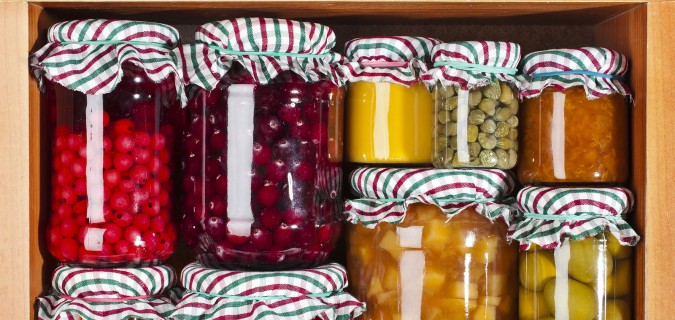Once you have your product made, nothing is more exciting than getting your first purchase order. Compared to department stores, boutiques and small retailers are generally easier to work with, as long as you set the payment terms upfront. In most cases stores pay “net 30” but in some cases (especially if it is a small order) you can get payment upfront. If you are just starting out, I recommend that you work out some of the kinks with some smaller orders.
Here are 5 ways to get your product into stores and boutiques:
- Direct email. Research stores that carry a similar aesthetic to your brand. Be sure to follow buying patterns, and ask when they usually purchase for a particular season or holiday so that you are in the right place at the right time. You can find boutique buyer emails on their website or you can call them and ask for it. For larger department stores, you can call to get an email, or find emails through Data Connect or Linkedin. In the email briefly introduce your company and attach a line sheet with photos, wholesale prices and minimums.
- Trade shows. Trade shows are great for exposure and face-to-face relationship building. Make sure to choose the right trade show for your brand, level of experience and budget. There is usually a $4000+ upfront cost and no guarantees, so if you decide to go this route, it’s best to plan ahead and research to make the most of it. Here is a list of trade shows coming up this year.
- Showrooms. Hiring a showroom can be a great way to go. Showrooms have great relationships with buyers and some have relationships with press. The downside: most showrooms charge a 10-20 percent commission on all orders, plus a monthly fee.
- Consignment. If you are just starting out, some boutiques will ask if you are willing to do consignment (basically they sell the goods, and you get paid once the goods sell). This can be a good way to unload some inventory and worthwhile for the right stores. You will want to have an agreement in place (even if it is a simple document saying when you will be paid and who is responsible for lost items), track the inventory left, and follow up regularly.
- Press. Press is one of the best ways of getting into a boutique, but it’s important that you don’t rely on it. If you get into a magazine, stores may contact you directly. Be sure include the links and logos within your email or sales presentation.













